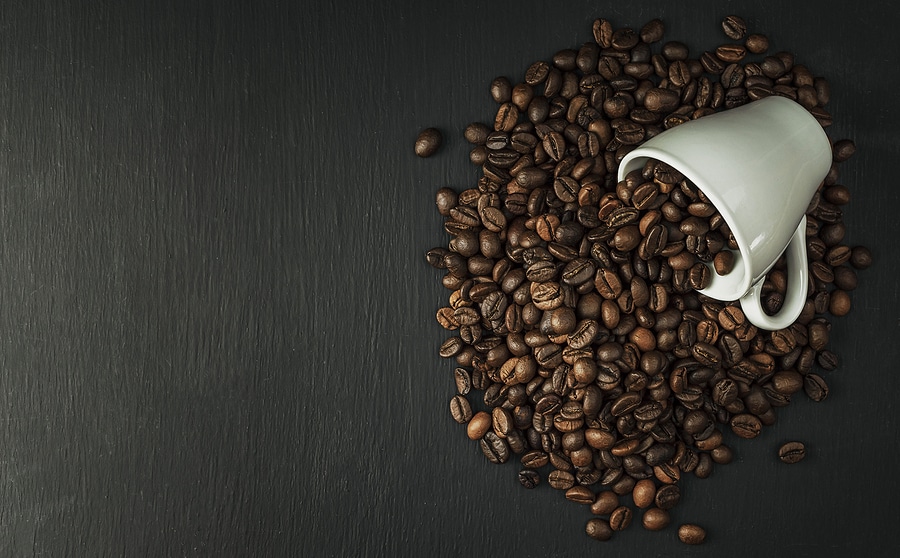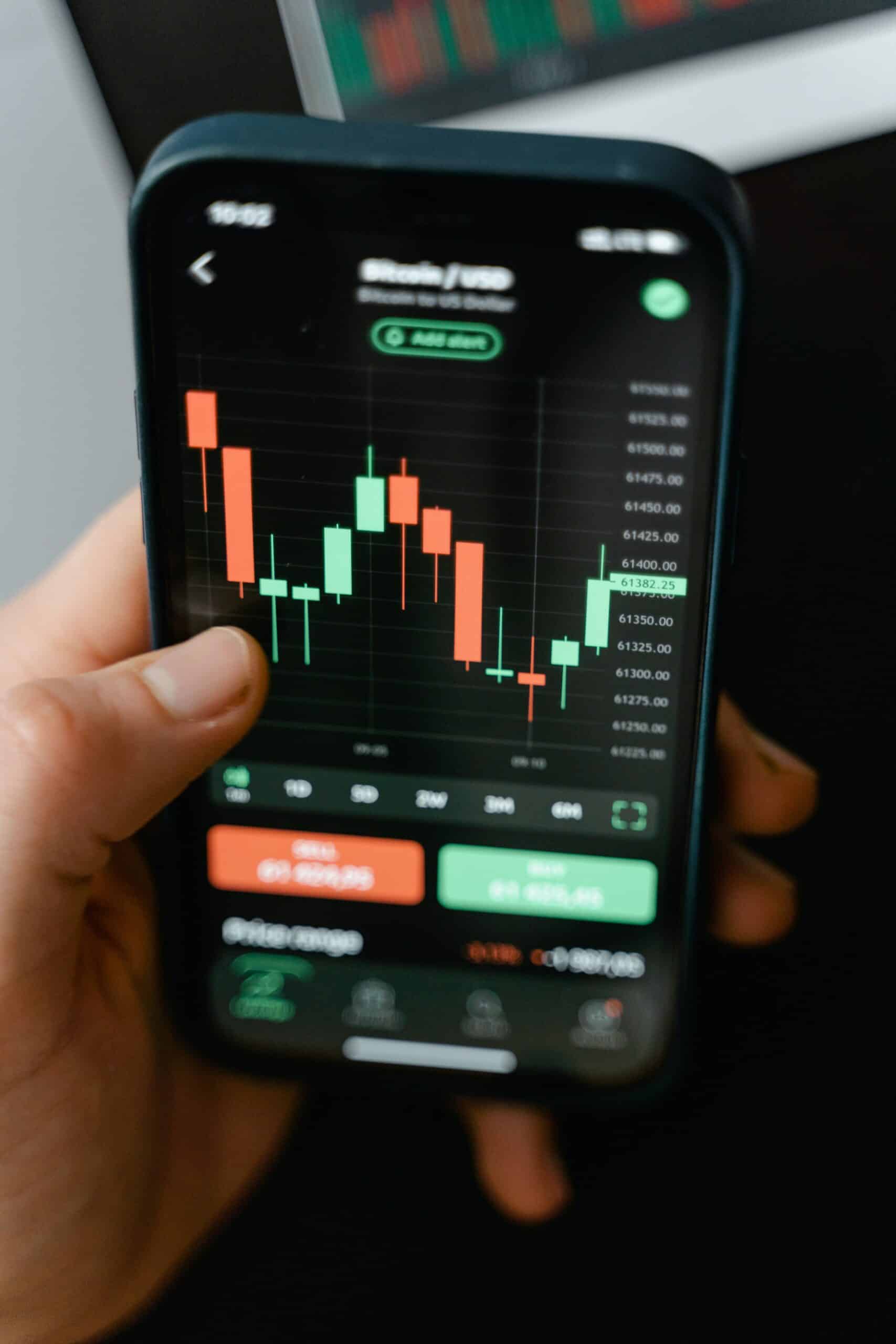Paradigm Futures has you covered when it comes to today’s coffee futures prices & commodity market news.
Like palm tree oil, sugar, & cotton, coffee is a part of the overall commodities group referred to as ‘softs‘. We’ll provide you with everything you need to trade coffee futures, including easy-to-read charts and report summaries, so you’ll be at ease investing in coffee beans and their futures.
Ready to get started? Open a broker account with Paradigm Futures today — and get the news and information you need to be successful trading futures with our free market updates.
How Do Coffee Futures Work?
To be able to be traded on open exchanges, coffee futures are standardized the same way other types of futures are: A contract buyer agrees to deliver the coffee beans at a specific time, place, and price for a specific amount.
This type of future is traded on several exchanges, including:
- NYSE Euronext (Euronext)
- New York Mercantile Exchange (NYMEX)
- Tokyo Grain Exchange (TGE)
The different exchanges quote prices in different units. For instance, NYMEX is quoted in dollars per pound. On NYMEX, it’s traded in units of 37,500 pounds.
Coffee is traded on Euronext quoted in dollars per metric ton with lot sizes of 10 tons. In comparison, the yen is used on the Tokyo Grain Exchange while being traded in lots of 5,000 kg.
| Exchange & Product Name |
Contract Size |
Initial Margin |
Symbol |
| TGE Robusta Coffee Futures |
5000 kilograms |
JPY 75,000 (approx. 10%) |
– |
| TGE Arabica Coffee Futures |
50 bags |
JPY 75,000 (approx. 8%) |
– |
| NYMEX Coffee Futures |
37500 pounds |
USD 5,400 (approx. 13%) |
KT |
| Euronext Robusta Coffee |
10 tonnes |
USD 1,600 (approx. 10%) |
RC |
Hedging Risk for Coffee Futures
Coffee futures provide a financial instrument for both producers and consumers to hedge risk. By selling futures, a producer can ensure he is not at risk if the price drops. Conversely, a buyer can use futures to protect himself against the risk of rising prices.
Long hedges are used by consumers, whereas short hedges are used by producers against price changes. Speculators, in turn, can come in and buy or sell coffee futures when they expect a given price movement in the market.
The Intercontinental Exchange
The biggest exchange for coffee is the Intercontinental Exchange in New York. In 1882, a more uniform trade of the commodity was established, allowing for risk management between the different parties in the trade.
The Coffee C is the benchmark for the Arabica coffee trade. Coffee from 20 different origin countries is traded in 14 set time slots. As such, you’re able to buy coffee upward of 2.5 years out in the future.
The KC (coffee symbol) is included in the contract, as well as the contract month letter, and delivery year. The various months have different delivery letters. A contract for September of 2023 is KCU23.
While the price is expressed in USD per pound, the conversion to USD per kg can be done by multiplying the price by 2.2, or the ratio between kg and pound.
What Drives Coffee’s Price Today?
Coffee futures news drive prices every single day, but so do larger market conditions. The future is unsure, and speculation takes place in this market that’s affected by a range of factors.
External factors that affect the availability and price of coffee include:
- The US dollar and its strength compared to the currency of coffee-producing countries
- Macroeconomic influences
- Levels of stocks in warehouses
- Rain patterns, frost, and other weather patterns
- Interest rates
Differentials in the Coffee Futures Market
The coffee commodity is traded on a differential basis — meaning it’s a cost adjustment that depends on the grade and quality. The NY market price is the basis, and a +45c/lb (FOB basis) would mean the agreed price would be 168c/lb if the NY price is 123c/lb. The differential is determined depending on the grade, and a standard or low grade of coffee could sell for NY–25c/lb.
Speculating, Hedging, and Fixing
The individual actions of the different parties trading the coffee commodity depend on where they believe the price will be heading. An industrial roaster may think the price will only continue to go up, so they will want to fix the contract now.
A speculator can take a position regarding where they believe the price is going and make money if they are right. They then close the contract before it expires.If consumers are willing to consume higher-quality grades, the differentials continue to rise.
Ethiopia
Despite producing a lot of coffee, exporters rarely offer the commodity on a differential basis there. Local exporters are not allowed to hedge their risk by the monetary system used in the country.
Specialty coffees from the country are well above the standards of the NY exchange and are a true delight to drink.
If you need help with coffee futures, Paradigm Futures is here to assist you. Sign up for our market updates to get news delivered directly to your inbox.








